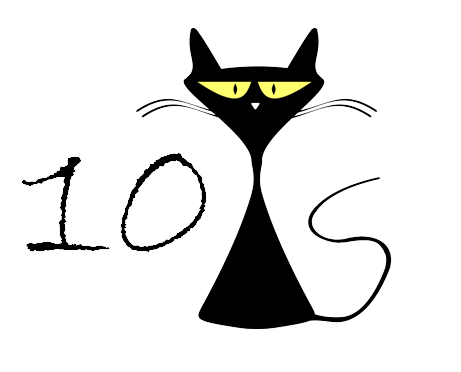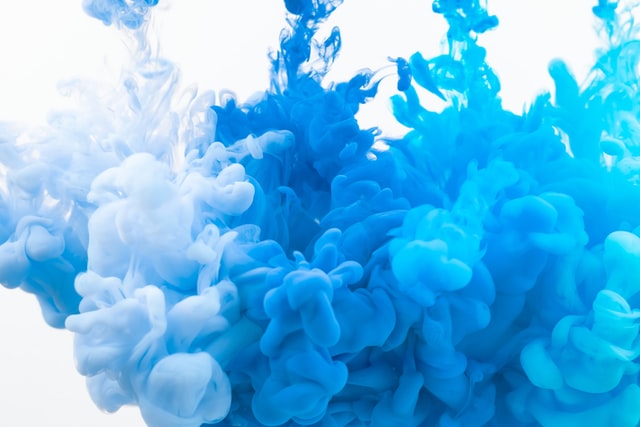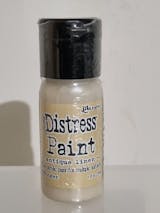You may have seen some amazing looking art projects, page backgrounds and paintings popup on social media lately. It is attention-grabbing with its natural flowing and intermingling shades of colour - often looking like natural clouds, wave formations or marble effects that appear to have been created by expert artists. However, artwork like this is relatively easy to create once you learn some of the basic techniques of alcohol ink art. In this blog we explain some of the fundamental components of this art form.
What is Alcohol Ink?
Alcohol inks are highly-saturated, dye based inks activated by isopropyl alcohol. Alcohol ink is made by suspending richly colored pigments into an alcohol solution. When applied to a surface, the alcohol content evaporates very quickly leaving just the pigment. It is fast drying, but can be reactivated by adding more alcohol or blending solution. Alcohol inks work very well on non-porous surfaces like tile, ceramics, metal, glass, alcohol or yupo paper, resin and plastics for example. The pigments are vibrant, acid free and extremely versatile. Alcohol inks are waterproof once they dry.

Which Are the Best Alcohol Inks?
There are many top quality brands available on the market today. One of the most popular Australian brands is from Couture Creations with over 60 different colours to choose from. These inks are generally sold in 12ml bottles but a little bit of ink goes a long way.

What type of Alcohol to use with Alcohol Inks?
When painting with alcohol inks, you will need isopropyl alcohol, usually sold in 1 litre bottles. It is important to buy alcohol around 91% or greater, any lower may not be strong enough and the impurities such as any oil or water content may leave undesired effects on the artwork. Isopropyl alcohol is primarily used as a wetting agent to keep your inks workable until you have created the desired effect on your page or substrate, so a lot maybe required.
What is Blending Solution?
In order to create more technical variation in your artwork and to save on the amount of alcohol required you can use blending solution in addition to the ink. Blending solution consists of a mixture of isopropyl alcohol and glycerine to lighten and blend the colours.
Blending solution is mainly used to help move around your inks on the surface you are using, getting them where you want and diluted as you need before the inks dry.
Uses for blending solution are numerous:
- For blending colours or producing a diluted effect, put just a drop of two of coloured alcohol inks into 20 - 30ml of blending solution. This lets you create your own custom blended colors.
- Paintings you want to take your time with or achieve a soft billowy effect on.
- Dispersing colors over a larger surface.
- Creating custom colors you can bottle and set aside.
- Creating open “channels” for controlled lines in alcohol ink that is already on the page. This dries in similar time to the inks whereas the isopropyl alcohol dries faster, creating a rushing effect of the remaining inks it had previously dissipated. The Blender won’t do that nearly as much.
- Rewetting your work.
Alcohol Ink Paper
Alcohol ink art works best on non-porous surfaces, or objects where the ink will not sink into the surface.
Alcohol ink paper is very popular for those creating scrapbooking or paper craft projects. Alcohol ink paper is designed to be waterproof as it is non-porous. The ink will not immediately absorb into the paper and the pigment will not become locked into place. Waterproof paper is a great option because you can continue to work with colors after the ink is dry. You can add drops of alcohol or blending solution to re-wet the pigment and you can layer other colors on top of wet or dry ink. You can also scrape ink off to create some interesting designs.
For alternatives to the traditional paper/panel substrates, you can use alcohol inks on all kinds of objects like tile, leather, metal, stone, ceramic, polymer clay, and glass. While not as easy as working on paper you can create all sorts of interesting designs to create that personal touch.
Now that you know the basics, check out some of our other blogs to start learning some alcohol ink art techniques.


